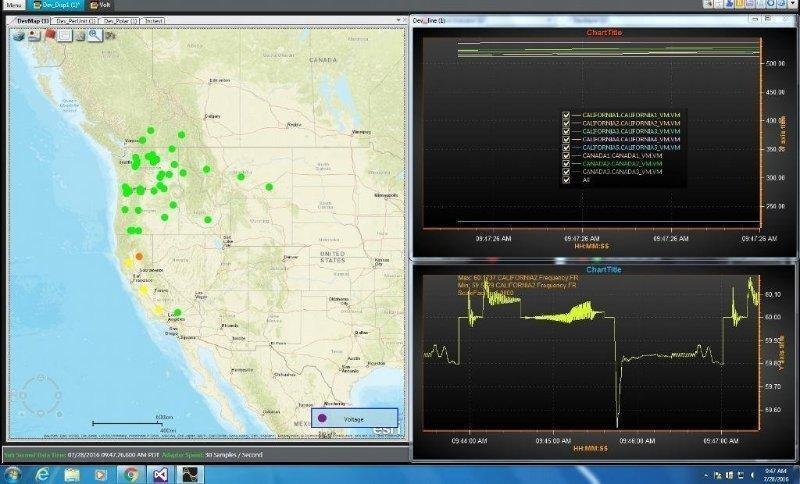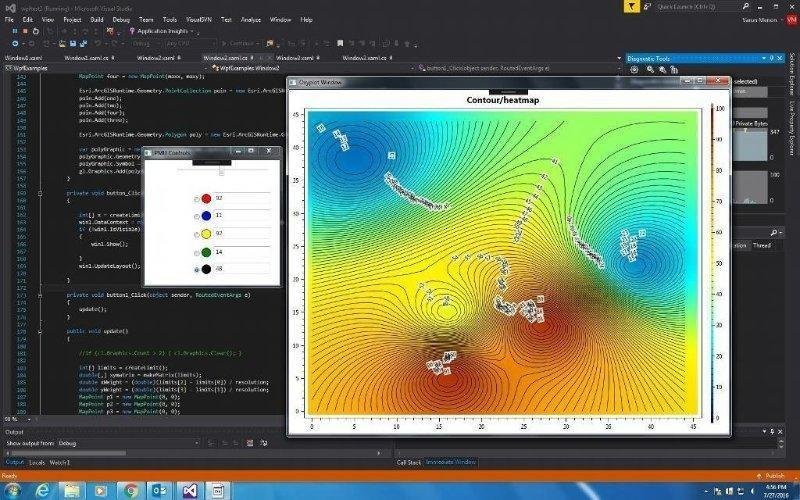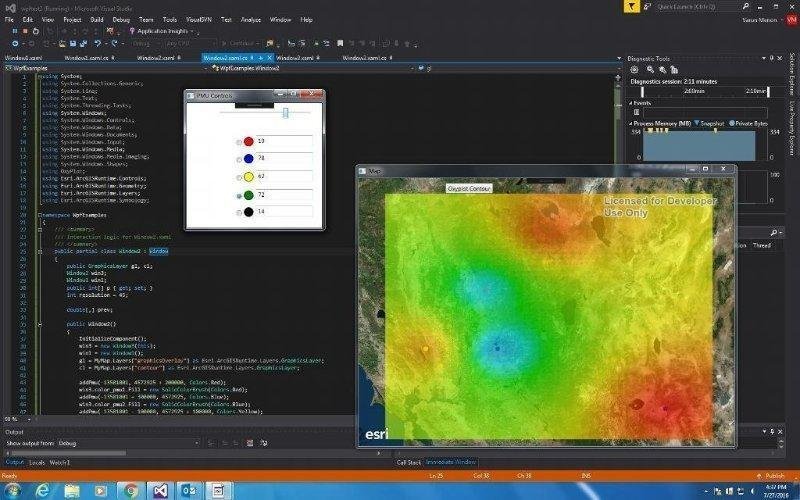
Electric Power Group
Electric Power Group, LLC (EPG) works on the development and deployment of synchro-phasor technologies that collects data related to electric power grid operations. The data collected is rendered and analysed on the RTDMS (Real Time Dynamic Monitoring System) application. The application is used by subscribers for wide area real time power grid monitoring, visualization and management.
- Time period: June 2016 - September 2016
- Location: Pasadena, CA





